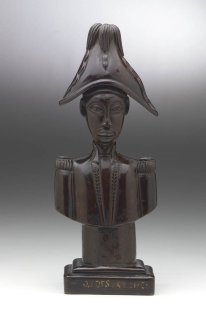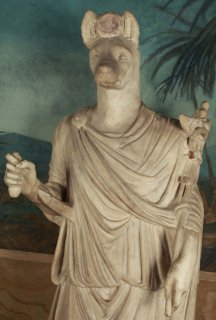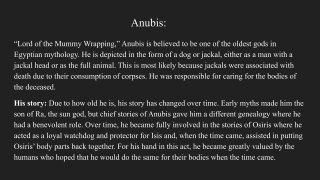
Statue of Osiris-Antinous
, 117-138 A.D
94.8 x 30.3 x 31.1 in (h x w x d)
Parian marble
The statue represents Antinous, the favorite of the emperor Hadrian, who died in the waters of the Nile (130 A.D.).
While having no visual aspect that ties in with other depictions of Osiris, the two are usually tied together due to the story of how Antinous was resurrected after being deified, which mirrors the story of Osiris. This is a clear example of a Roman figure taking over Egyptian mythology and religion.









